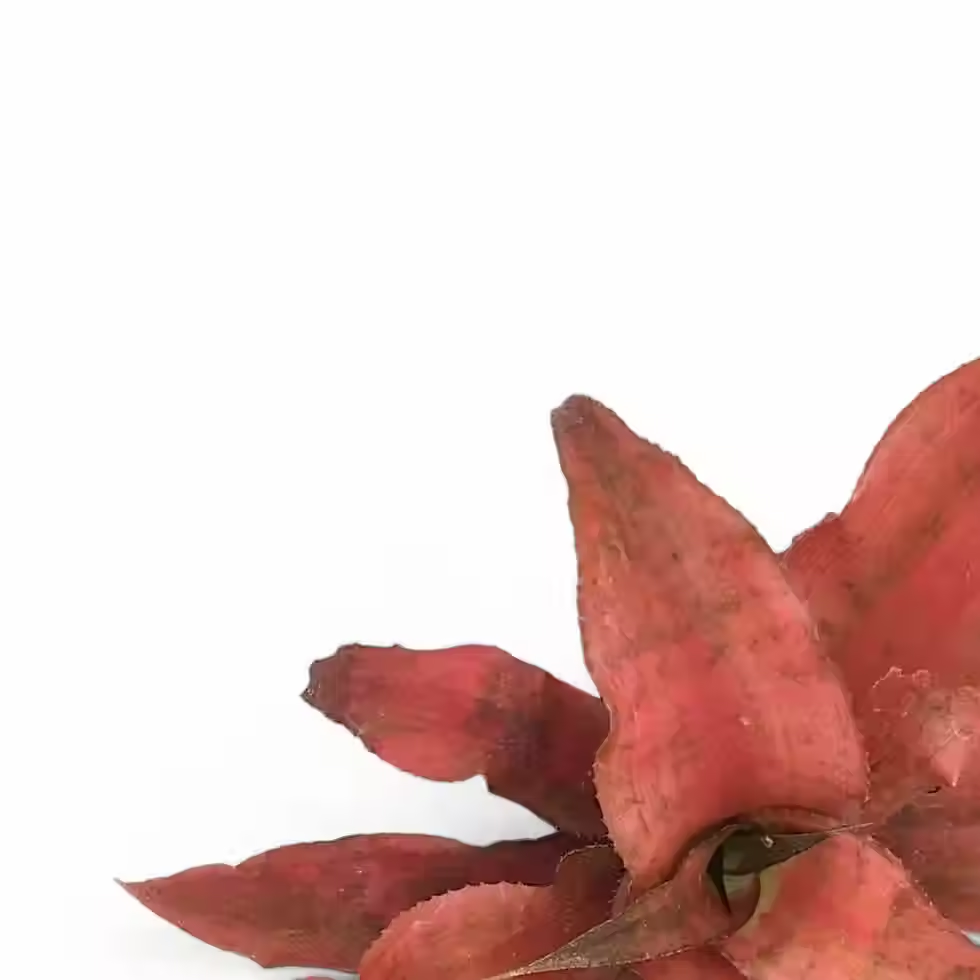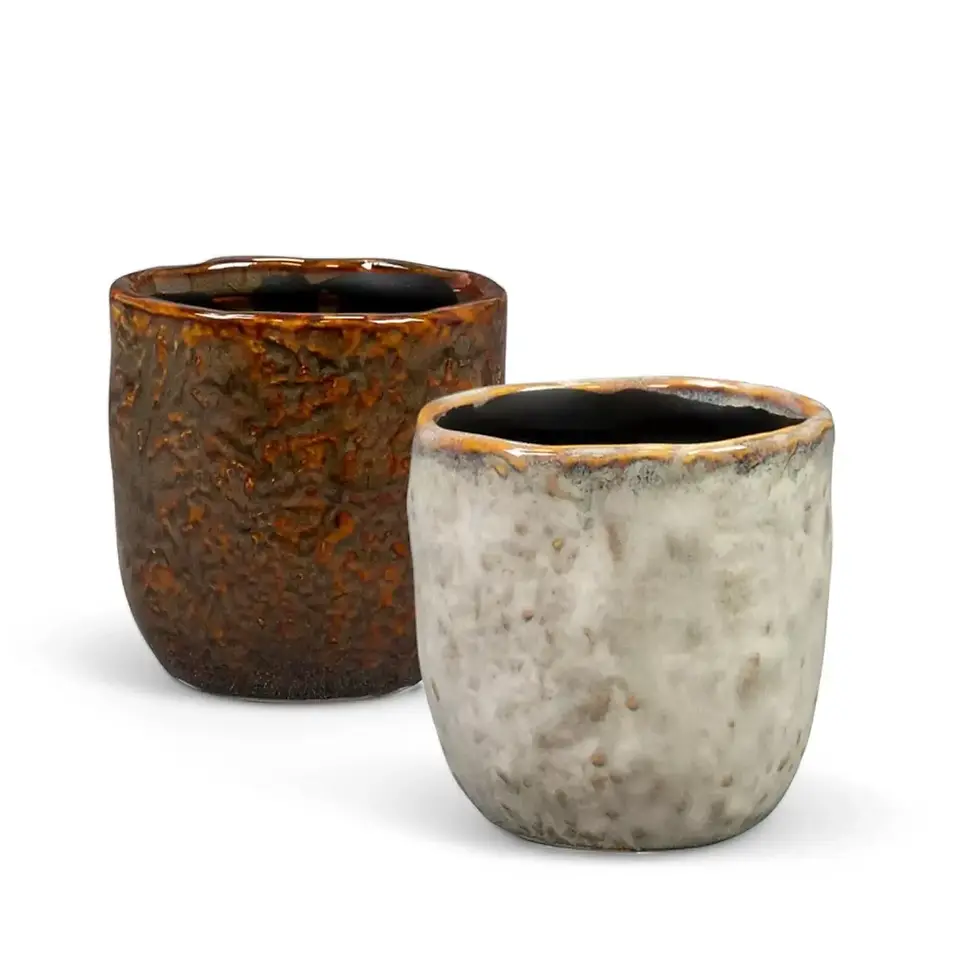Asplenium nidus – Wavy fronds, rosette form, jungle texture indoors
Asplenium nidus – Leaf Shape, Growth Style and Indoor Vibe
Asplenium nidus brings a bold, structured look with its broad, glossy fronds that grow in an open rosette, mimicking a bird’s nest. The fronds are bright green, leathery, and distinctly wavy along the edges, arching upward from a central point in a natural spiral. The midrib of each frond is dark and firm, adding definition and contrast.
This species doesn’t produce complex, divided fronds like typical ferns — instead, its simplicity creates impact. The overall form is clean but lush, making it ideal for modern or tropical setups. As it matures, the nest-like center deepens, adding sculptural volume and visual flow.
Key traits of Asplenium nidus
- Frond type: Undivided, upright, with rippled edges
- Color: Bright to deep green with a dark central vein
- Growth habit: Rosette-forming, no trailing or climbing
- Size indoors: Reaches 40–70 cm in height and width
- Visual effect: Bold, tropical centerpiece with clean lines
Natural origin and growth behavior of Asplenium nidus
This fern is native to tropical rainforests of Southeast Asia, Polynesia, and Australia, where it grows epiphytically in tree canopies or on rock crevices. In the wild, it thrives in filtered light, constant humidity, and warm temperatures around 22–30°C. Its fronds collect organic matter and moisture at the center, creating a natural “nest.”
As a houseplant, Asplenium nidus remains compact and symmetrical. It grows slowly but steadily and does not tolerate dry air or cold drafts. The plant is non-toxic, making it safe for pets and children.
How to care for Asplenium nidus indoors
- Light: Bright, indirect light preferred; avoid harsh direct sun
- Water: Keep soil evenly moist but not soggy — avoid watering into the crown
- Humidity: Needs 50–70% or more; misting is not recommended — use a humidifier if needed
- Temperature: Thrives between 20–28°C; sensitive to cold and dry air
- Soil: Airy, well-draining mix with high organic content
- Repotting: Every 2–3 years or when it outgrows its pot
- Fertilizing: Feed lightly every 6–8 weeks during active growth with a weak, balanced fertilizer
- Propagation: Not easy — division not typically successful; grown from spores in cultivation
- Hydroponics: Not suitable — prefers breathable substrate
- Pruning: Remove damaged or yellowing fronds at the base
Common issues and how to prevent them
- Frond browning: Often caused by dry air, low humidity, or watering into the crown
- Yellowing leaves: Overwatering or compacted soil — check drainage and root health
- Curled fronds: May indicate cold exposure or too much sun
- Fungal issues: Avoid moisture sitting in the central rosette — water at the soil level
- Pests: Rare, but mealybugs or scale can appear — wipe fronds gently and treat early
Extra tips for maintaining healthy Asplenium nidus
This species prefers to stay slightly rootbound and undisturbed. Avoid touching or wiping the new frond curls (croziers) as they are delicate and easily deformed. It evolved to absorb filtered moisture and organic debris in rainforest canopies, so mimicking that with high humidity, organic-rich soil, and gentle watering leads to the best results indoors.
Name origin and botanical background
The genus name Asplenium comes from Greek “asplēnos,” once used for medicinal spleenworts. The species name nidus means “nest” in Latin — referring to the nest-like form of the central rosette. It was first described scientifically in the 18th century and remains a popular architectural fern in cultivation today.
FAQs about Asplenium nidus
Can I grow Asplenium nidus in a bathroom?
Yes — the naturally higher humidity makes it an excellent spot, as long as there’s filtered light and no strong air drafts.
Is it safe for pets?
Yes — Asplenium nidus is non-toxic to cats, dogs, and humans.
Should I mist the fronds?
No — misting the crown can lead to rot. Instead, raise humidity using a tray or humidifier near the plant.
Order today and add structured, tropical volume with Asplenium nidus — bold, safe, and humidity-loving.
Asplenium nidus
Asplenium nidus is approximately 15 cm tall and comes in a ⌀ 6 cm pot

























































